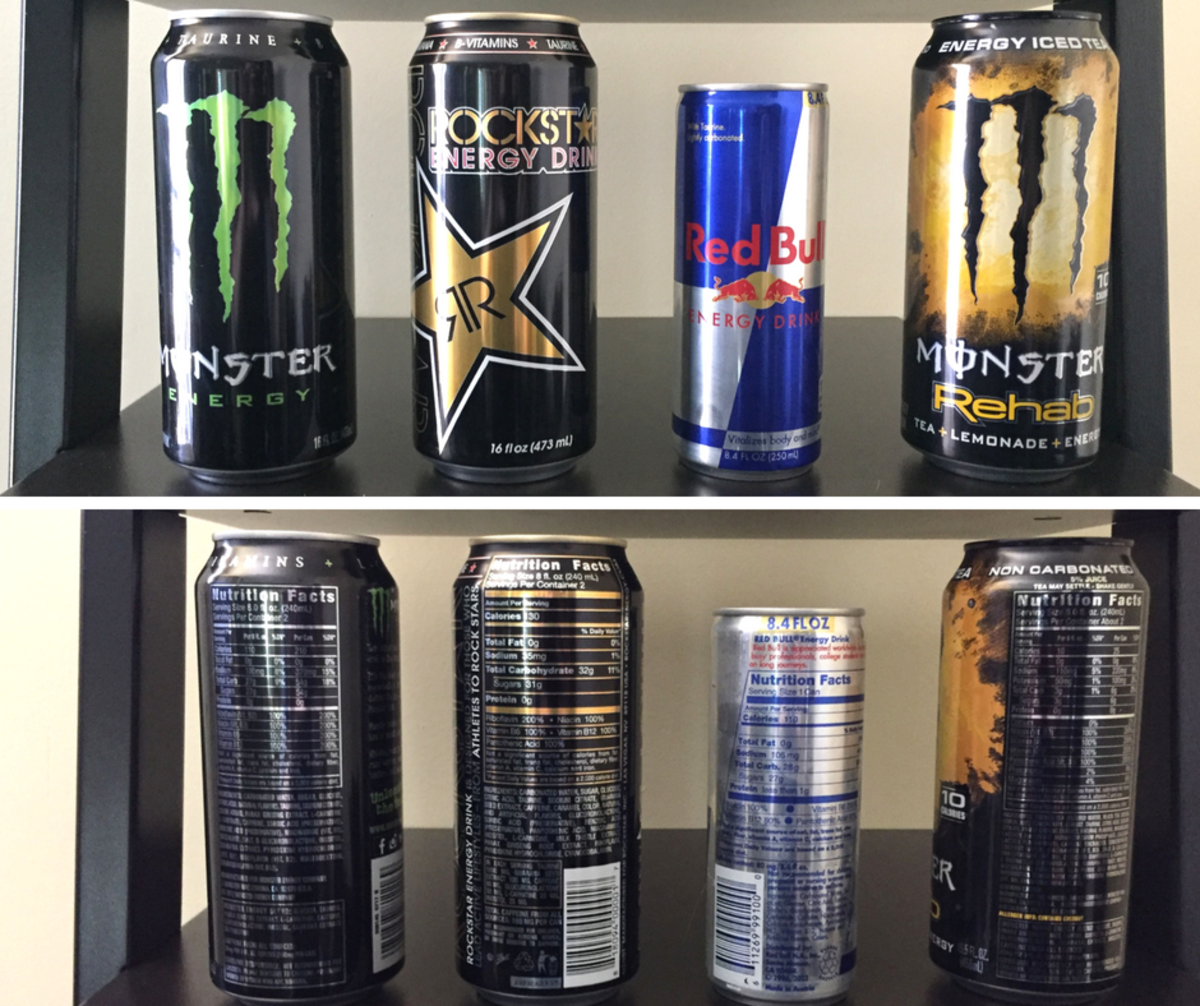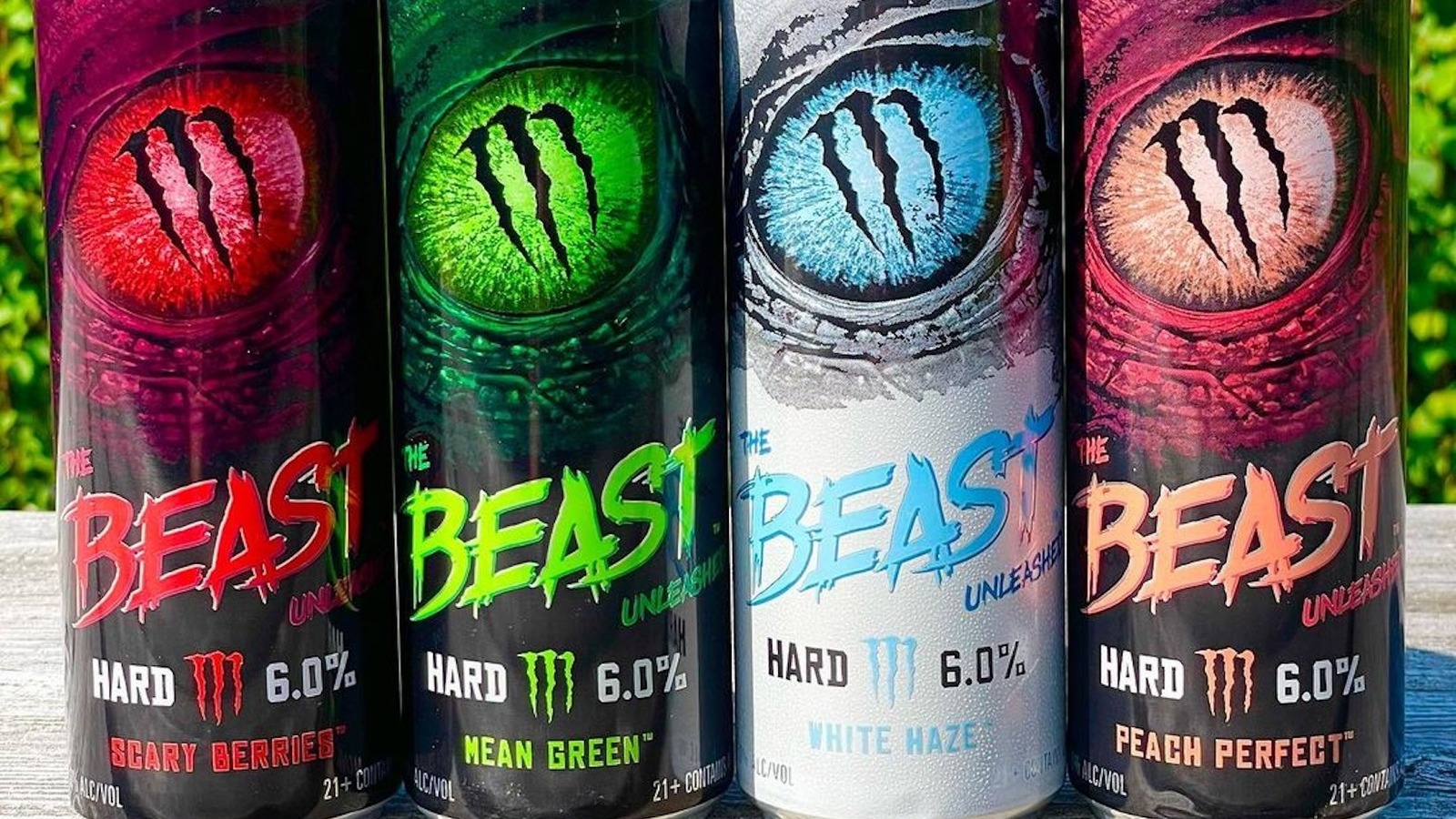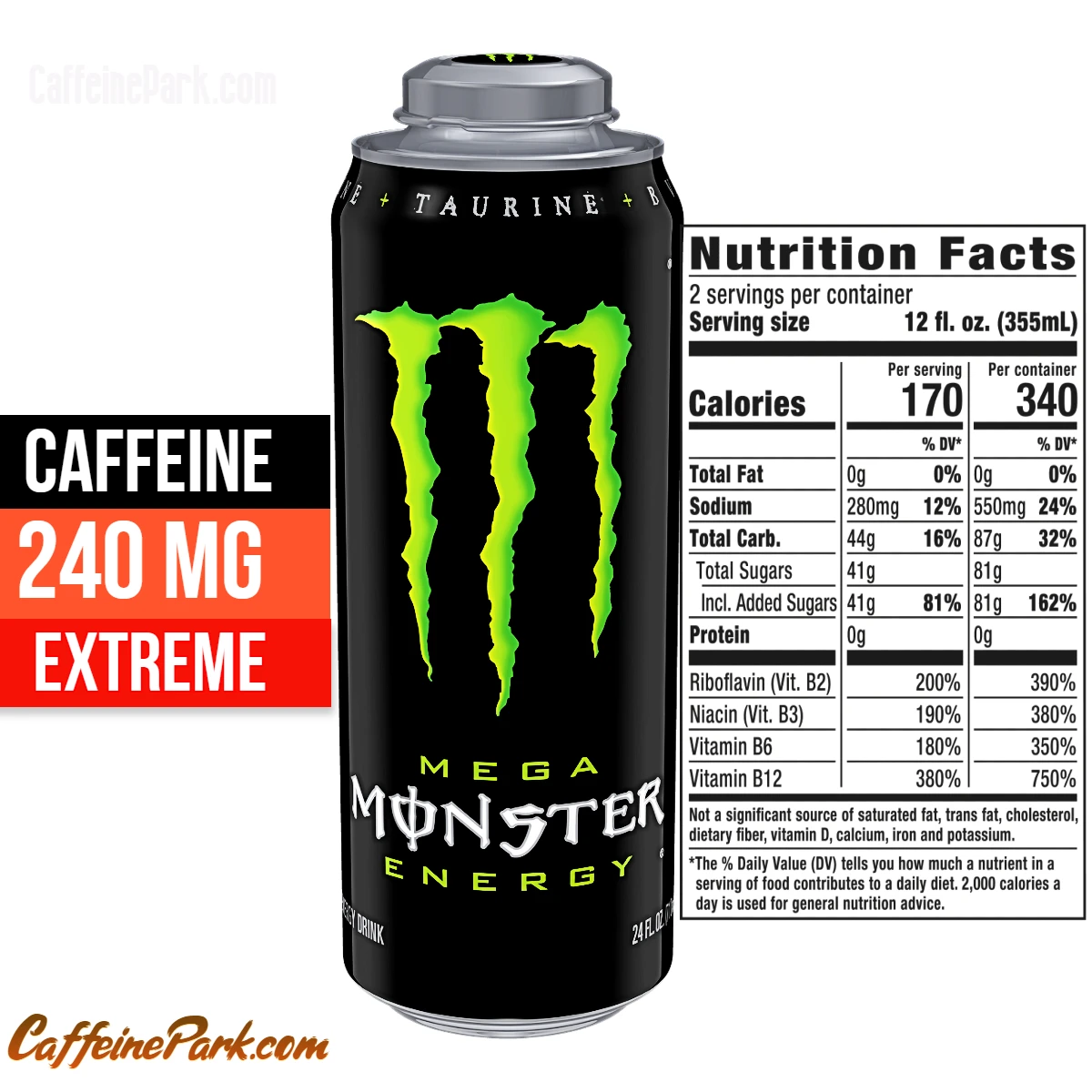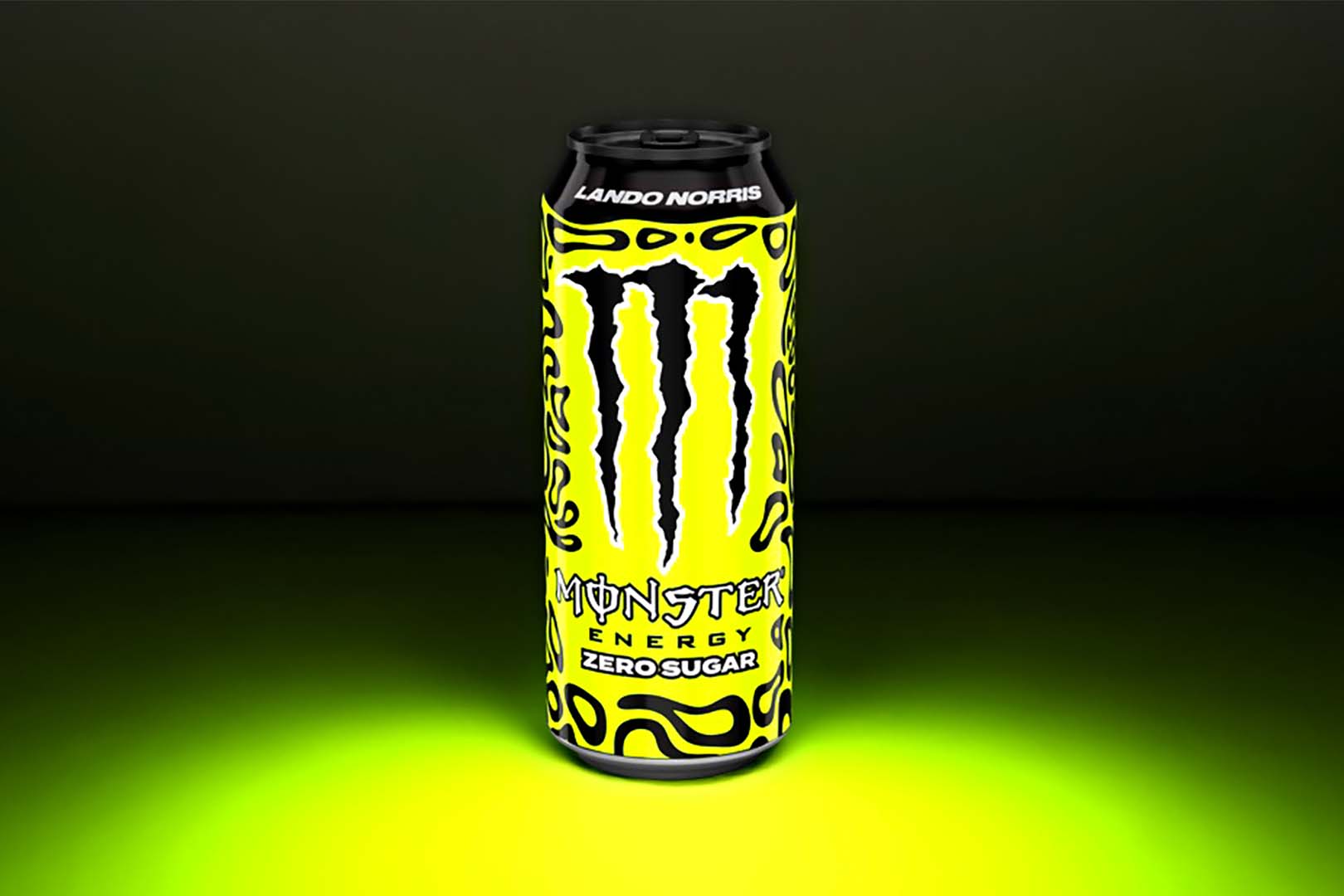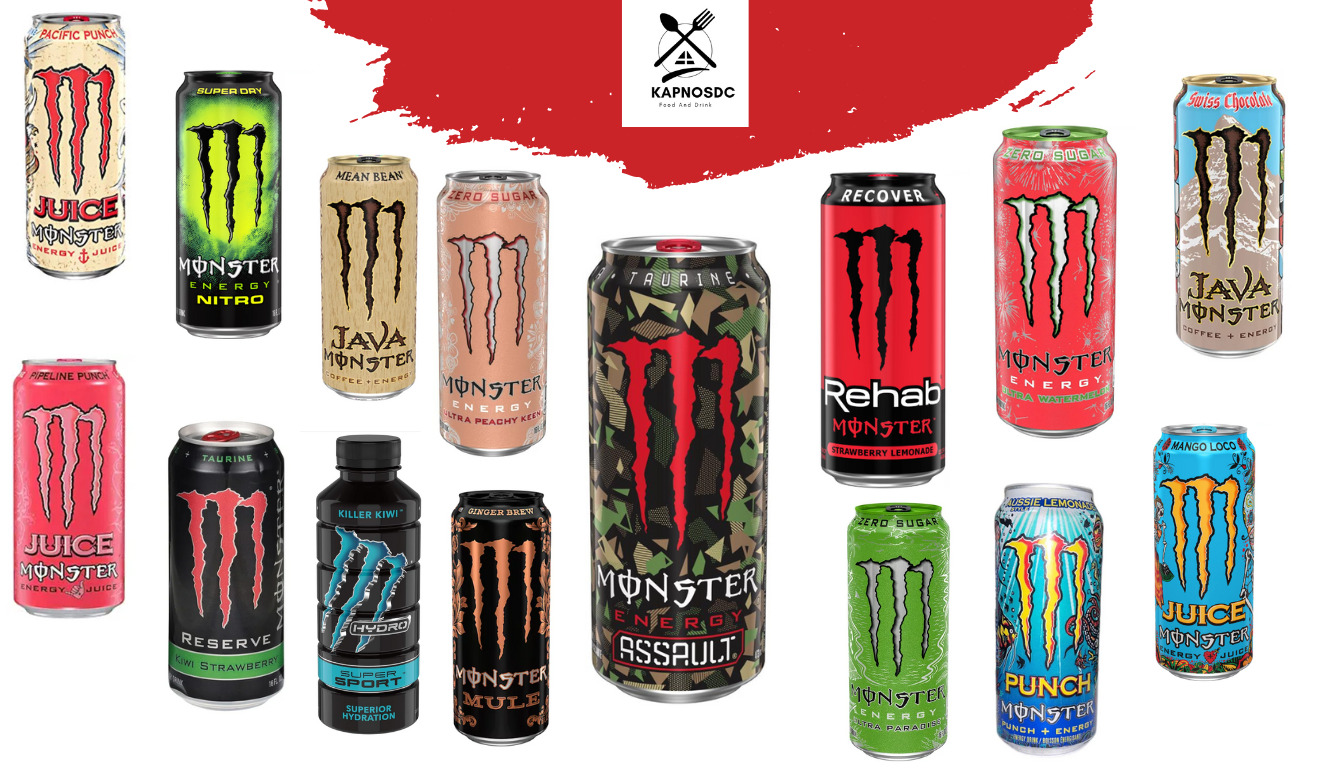What Does Monster Energy Drink Have In It
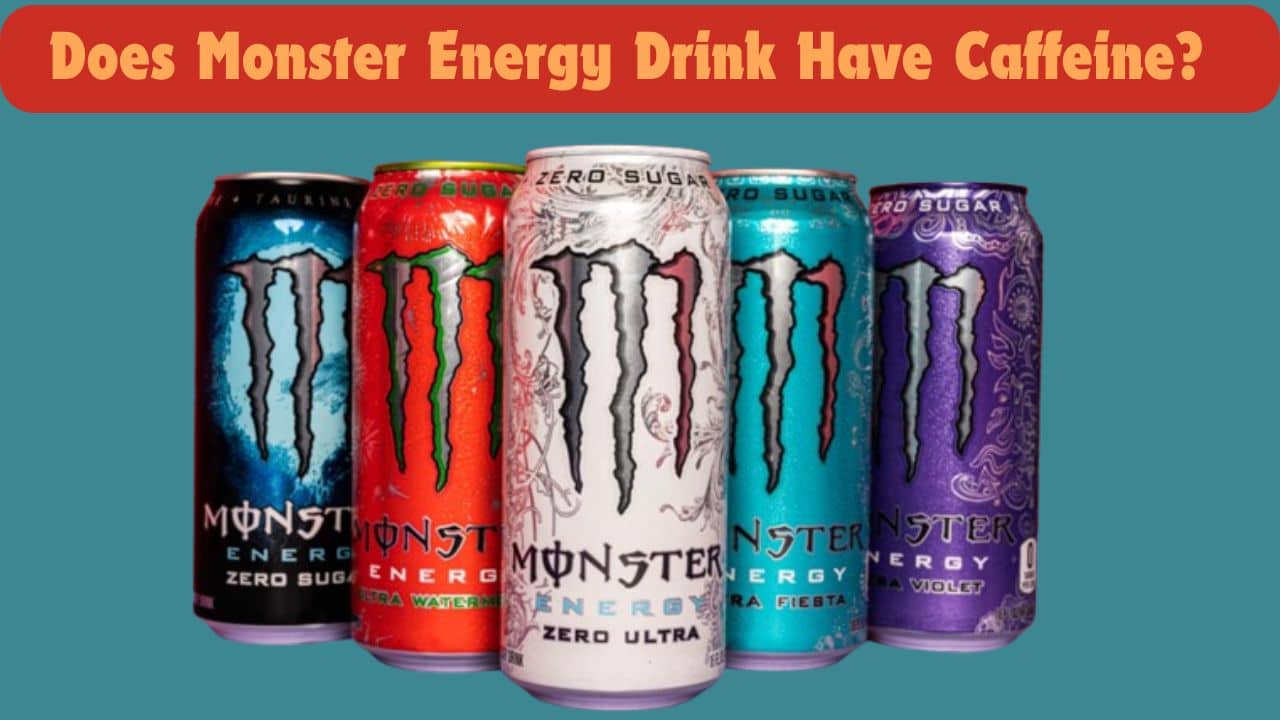
In a world fueled by demanding schedules and the relentless pursuit of peak performance, energy drinks have become ubiquitous. Among the most recognizable brands, Monster Energy stands out, its distinctive claw logo adorning shelves and sponsoring extreme sports events globally.
But beneath the vibrant branding and promises of enhanced energy lies a complex formulation that warrants careful scrutiny. Consumers, health professionals, and regulators alike are increasingly interested in understanding the precise composition of Monster Energy drinks and the potential health implications associated with their consumption.
The Core Ingredients: A Deep Dive
At its core, Monster Energy's formulation comprises a blend of ingredients designed to stimulate the central nervous system and provide a perceived boost in energy. The primary active ingredients include caffeine, taurine, and various B vitamins, all suspended in a base of sugar and water.
The *nut graf* of this article addresses the composition of Monster Energy drinks, examining the roles of key ingredients like caffeine, taurine, sugars, and B vitamins. It will also investigate potential health effects linked to these components, drawing upon scientific research and expert opinions to present a comprehensive and balanced overview.
Caffeine: The Central Stimulant
Caffeine is arguably the most prominent and influential ingredient in Monster Energy. A 16-ounce can typically contains around 160 milligrams of caffeine, a significant dose compared to a standard cup of coffee, which usually holds between 95 and 165 milligrams.
Caffeine acts as a central nervous system stimulant, blocking adenosine receptors and promoting alertness, reducing fatigue, and enhancing cognitive function. While moderate caffeine consumption is generally considered safe for most adults, excessive intake can lead to a range of adverse effects.
These effects include insomnia, anxiety, jitteriness, increased heart rate, and elevated blood pressure. The Food and Drug Administration (FDA) recommends that adults consume no more than 400 milligrams of caffeine per day.
Taurine: An Amino Acid Under Scrutiny
Taurine is an amino acid naturally occurring in the body, particularly in the brain, retina, and muscles. It's often included in energy drinks for its purported ability to enhance athletic performance and cognitive function, though scientific evidence supporting these claims is somewhat limited and often contested.
Some studies suggest that taurine may play a role in protecting against oxidative stress and improving insulin sensitivity. However, the effects of taurine in combination with other energy drink ingredients, especially caffeine, are not fully understood.
Regulatory bodies like the European Food Safety Authority (EFSA) have evaluated the safety of taurine in energy drinks, concluding that the levels typically found in these beverages do not pose a significant health risk when consumed within reasonable limits.
Sugars: A Source of Quick Energy
Monster Energy drinks typically contain high levels of added sugars, primarily in the form of glucose, sucrose, or high-fructose corn syrup. These sugars provide a rapid source of energy, contributing to the initial "rush" associated with energy drink consumption.
However, this quick energy comes at a cost. Excessive sugar intake is linked to a variety of health problems, including weight gain, type 2 diabetes, cardiovascular disease, and dental decay.
Many health organizations, including the World Health Organization (WHO), recommend limiting added sugar intake to no more than 10% of total daily caloric intake, and ideally less than 5%. Given the sugar content of many Monster Energy varieties, frequent consumption can easily exceed these recommendations.
B Vitamins: Essential Nutrients or Marketing Gimmick?
Monster Energy drinks are often fortified with various B vitamins, such as B3 (niacin), B5 (pantothenic acid), B6 (pyridoxine), and B12 (cobalamin). These vitamins are essential for energy metabolism, helping the body convert food into usable energy.
While B vitamins are undoubtedly important for overall health, the amounts added to energy drinks are often in excess of the Recommended Dietary Allowances (RDAs). Because B vitamins are water-soluble, excess amounts are typically excreted in urine, minimizing the risk of toxicity.
The inclusion of B vitamins in energy drinks may be more of a marketing strategy than a genuine health benefit for most individuals who already consume a balanced diet. However, those deficient in B vitamins might derive some benefit.
Potential Health Effects: Weighing the Risks and Benefits
The combination of caffeine, taurine, sugars, and B vitamins in Monster Energy drinks can have a range of effects on the body, both positive and negative. While some individuals may experience enhanced alertness and improved performance, others may encounter adverse side effects.
Cardiovascular Issues are a primary concern. High caffeine intake can elevate heart rate and blood pressure, potentially increasing the risk of heart arrhythmias and other cardiovascular problems, especially in individuals with pre-existing heart conditions.
Neurological Effects such as anxiety, insomnia, and headaches are also common side effects of excessive caffeine consumption. In rare cases, energy drink consumption has been linked to seizures and strokes, although the causal relationship is not always clear.
Dental problems are a longer-term consequence of regular consumption of sugary energy drinks. The high acidity and sugar content can erode tooth enamel, increasing the risk of cavities and other dental issues.
Looking Ahead: Regulation and Consumer Awareness
The rising popularity of energy drinks, coupled with concerns about their potential health effects, has prompted increased scrutiny from regulatory agencies worldwide. Some countries have imposed restrictions on the sale of energy drinks to minors, while others have mandated warning labels highlighting the risks associated with excessive consumption.
Consumer awareness is also crucial. Individuals should be educated about the ingredients in energy drinks and the potential health implications associated with their consumption. Moderation is key, and individuals with pre-existing health conditions should consult with their healthcare provider before consuming energy drinks.
As research continues to shed light on the complex interplay of ingredients in Monster Energy and similar products, it is likely that further regulatory measures and public health campaigns will be implemented to promote responsible consumption and protect public health. The future of energy drinks hinges on striking a balance between providing a perceived energy boost and mitigating potential health risks.






